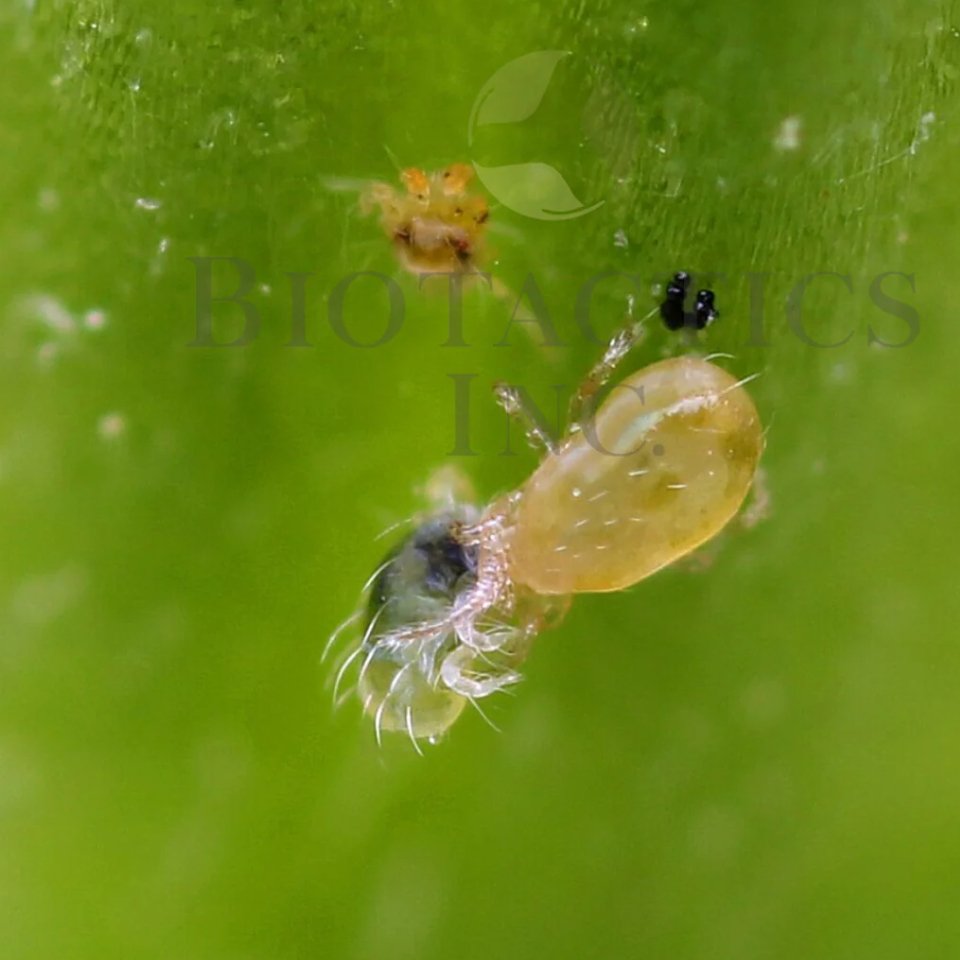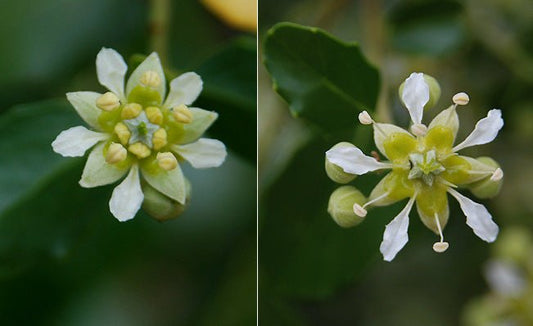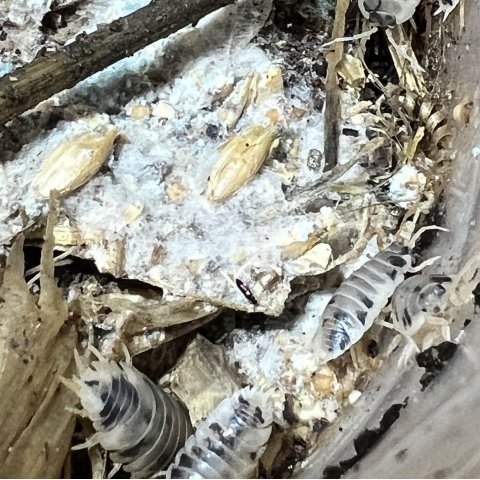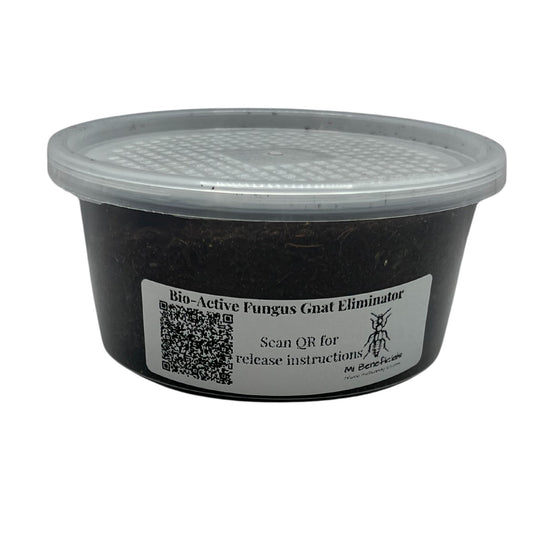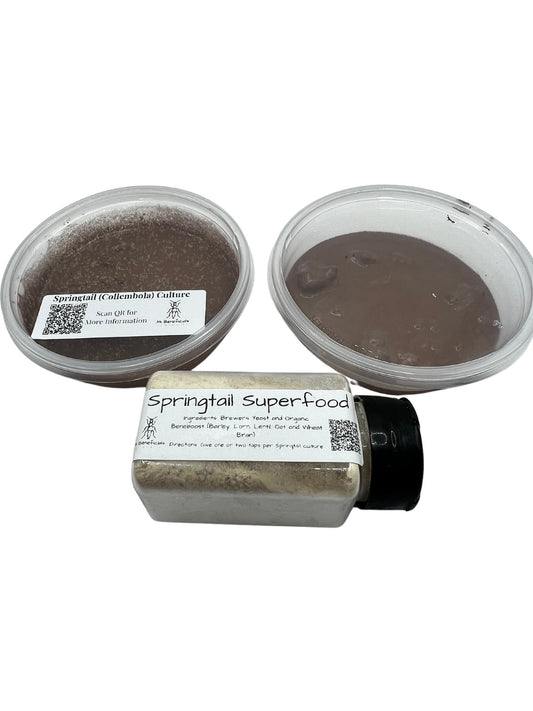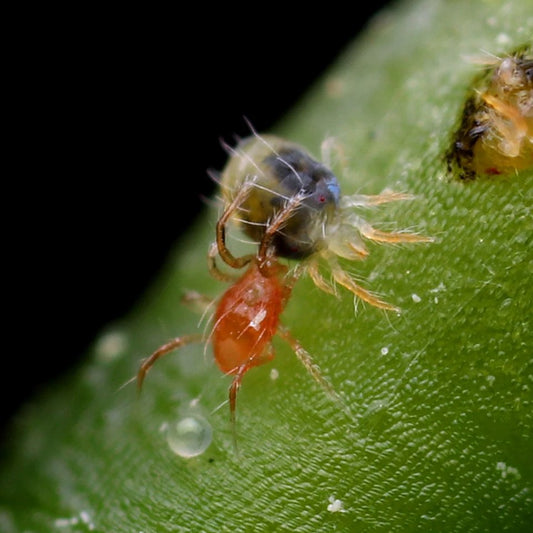Neoseiulus californicus is generalist predator of spider mites and have great value in commerical and small-scale agricultural use due to their resistance to a range of temperatures and even slight resistance to temperatures dipping into the freezing zone temporarily.
Identification:
Neoseiulus californicus are only positively identified under magnification due to their resemblance to Galendomus Occidentalis and Neoseiulus fallacis mites.

(Image Courtesy Biotactics, Inc)
Females are slightly larger than male Neoseiulus californicus and are oval shaped. The egg and larval stages are almost transparent colored, with the egg having a similar pear shape to the adult, just slightly smaller. Larvae have 6 legs and both nymph phases resemble the adult.
We always recommend diversity, and predator mites are no exception. Check out our combo-packs of Neoseiulus californicus and Neoseiulus fallacis
Purpose:
Neoseiulus californicus mites are a strongly preferred, Type II predator mite with characteristics of a Type III predator against Two-Spotted Spider Mites. They're also effective against European Red Spider Mites, Clover Mites, Broad Mites, Cyclamen Mites, Any Other Spider Mite.

Neoseiulus californicus is used widely in the fruit industry to effectively control and prevent Two-Spotted Spider Mites, but they have been effective in many many agricultural applications including cannabis.
Their application is effective in warmer climates and temperatures (like greenhouses) because they're most active between the temperatures of 70 to 90 degrees farenheit. Although they're most effective in warmth, they're still able to withstand colder temperatures, even temporary freezing temperatures, without a high mortality rate.
Life Cycle:
Adult Neoseiulus californicus females will lay 1-4 eggs per day based on the amount of food source and what that food source is. Their preferred food is the Two Spotted Spider Mites thus they will reproduce faster when that is their food source, but they also will develop and reproduce when they have other mites as food such as the European Red, Clover Mite, Broad Mite and Cyclamen mite.

Each egg will hatch in 2-4 days (depending on temperature and humidity), into a 6-legged larvae for roughly a day before they pass through teh nymphal stages. During nymph stages, they are active feeders for roughly 1-3 days leading into adulthood where they live for roughly 20 days. The full development can take 4 to 12 days based on environmental conditions.
Looking to get Neoseiulus californicus into your garden, greenhouse or grow tent? Snag a sachet (Biopack) or Biovial here!

